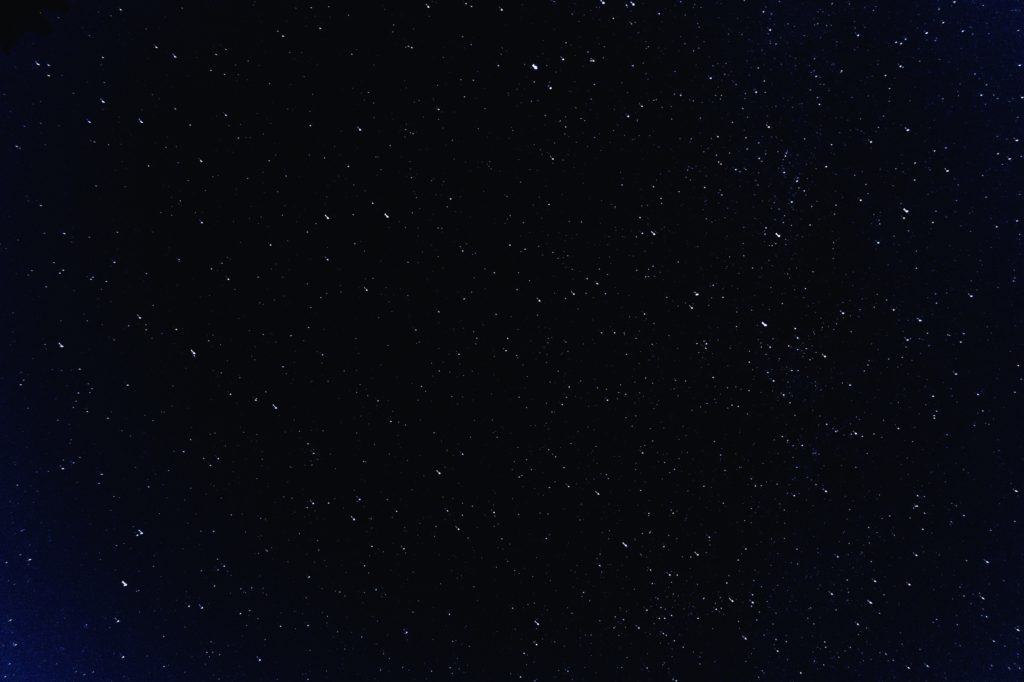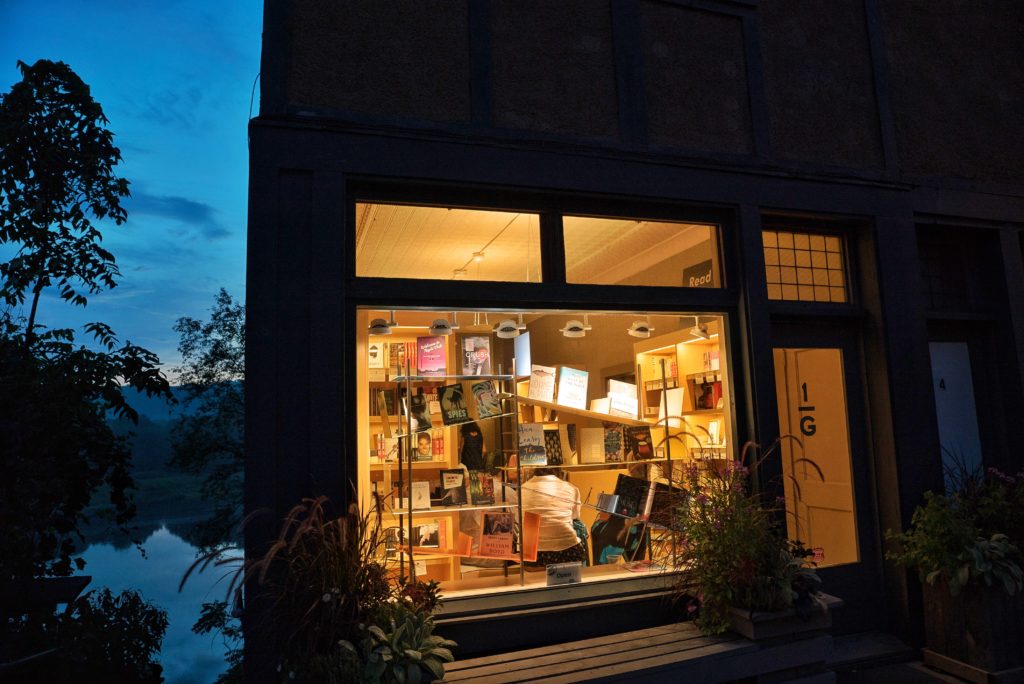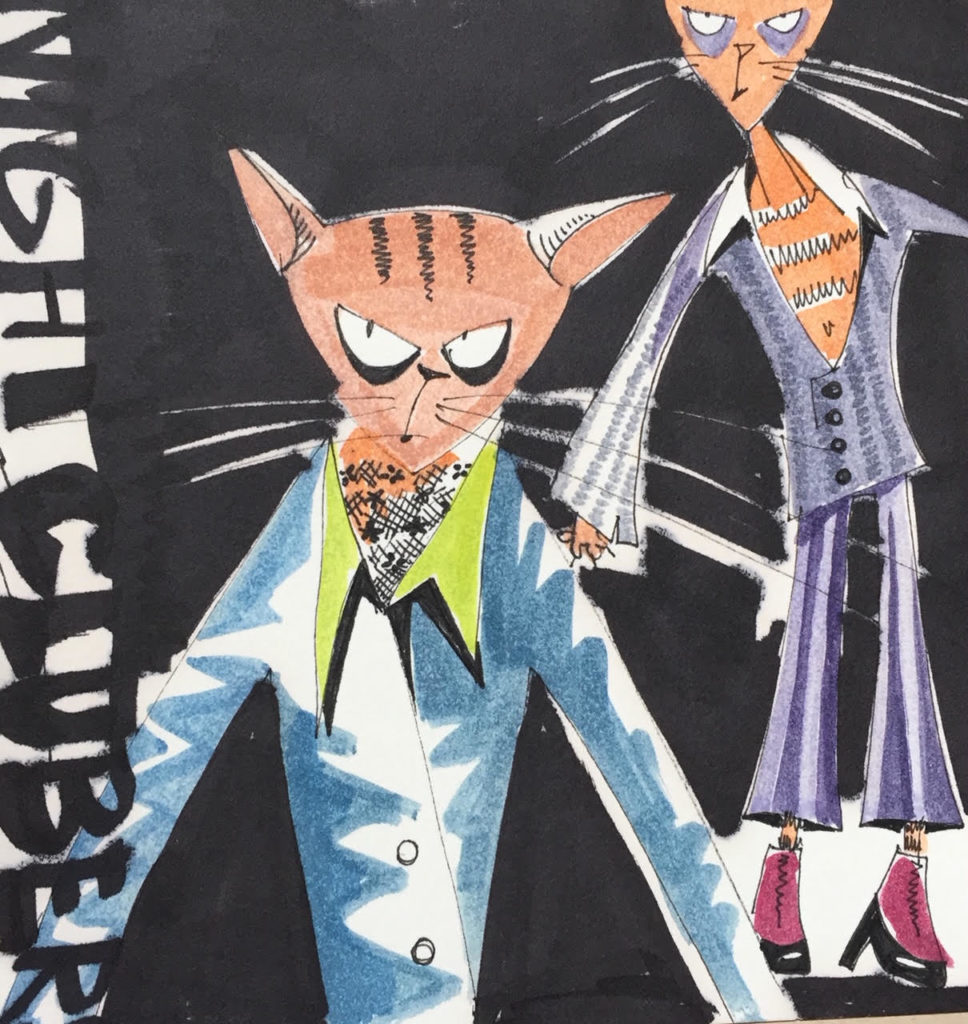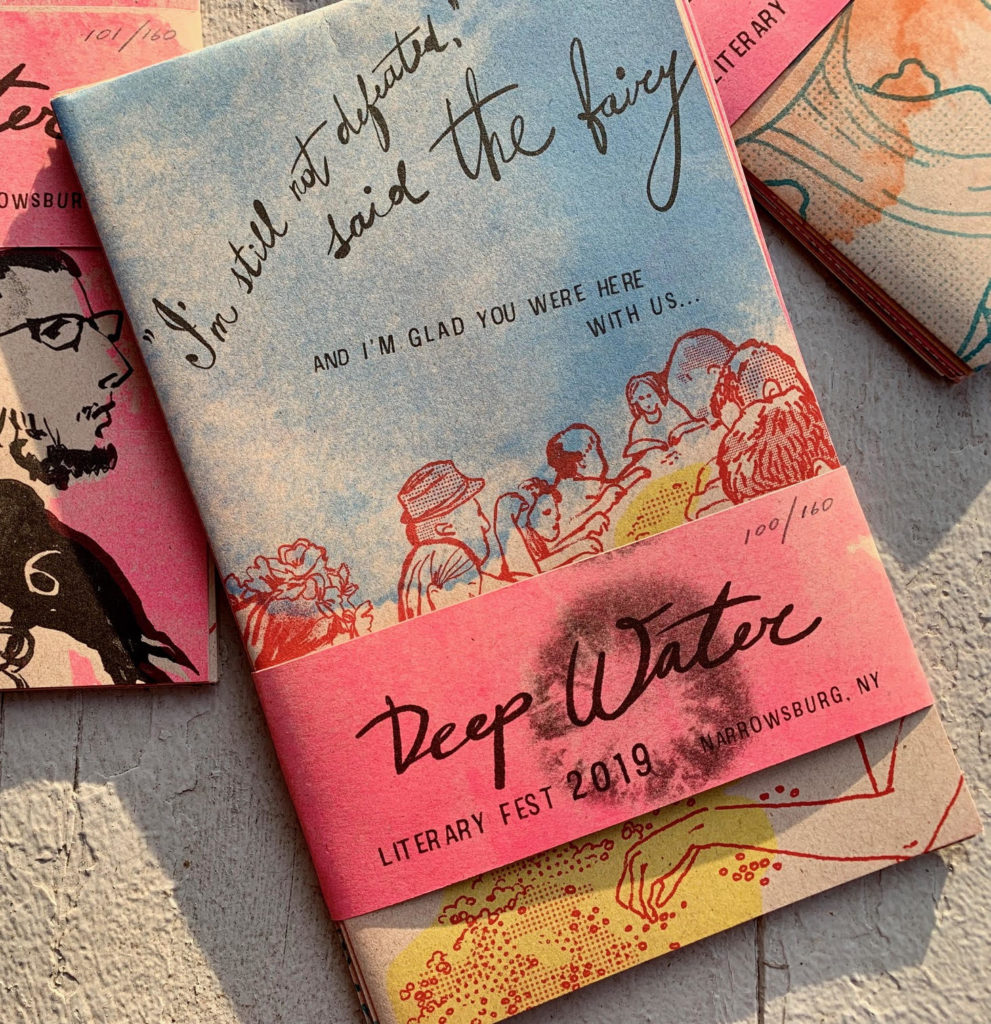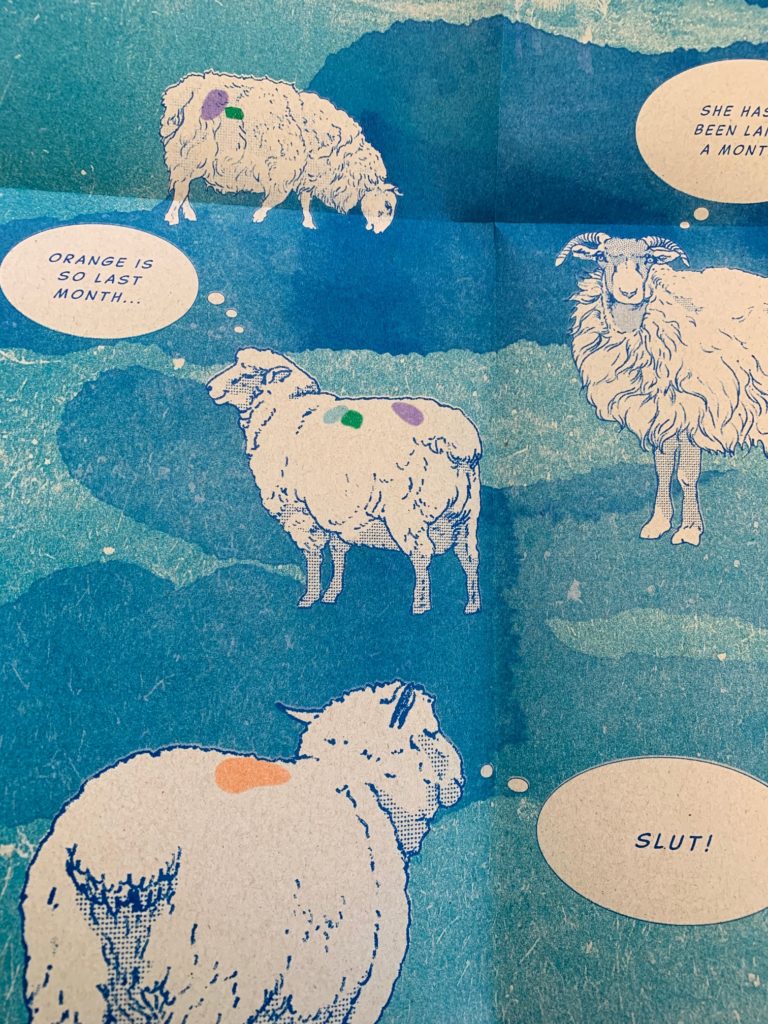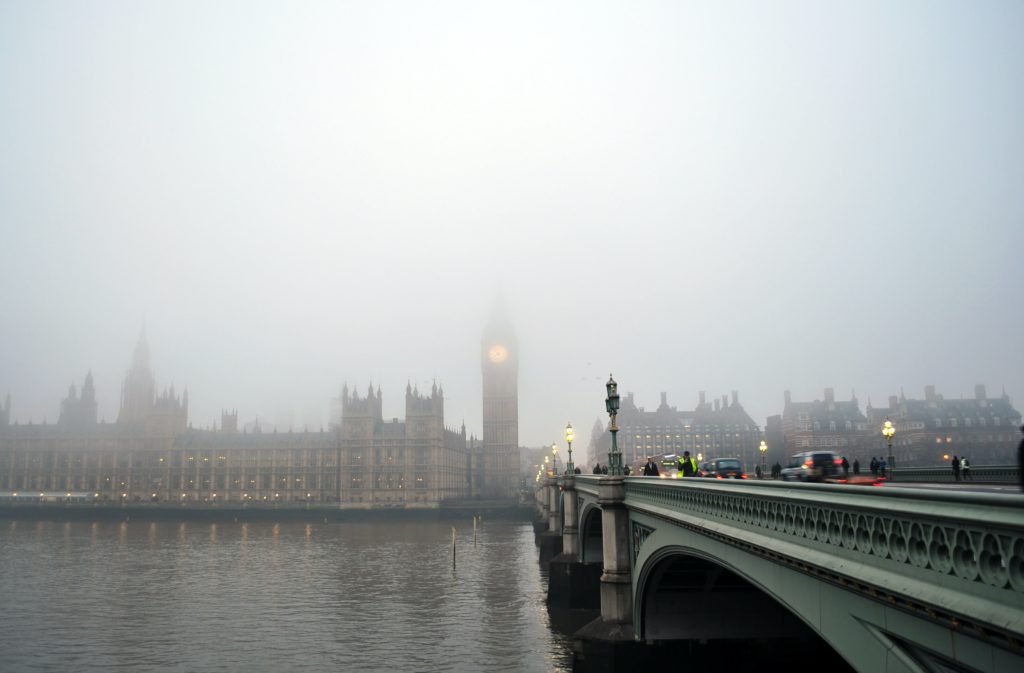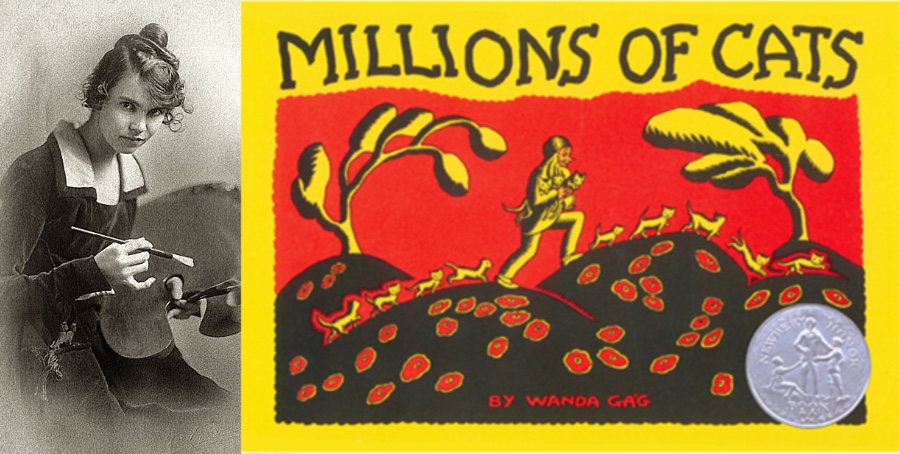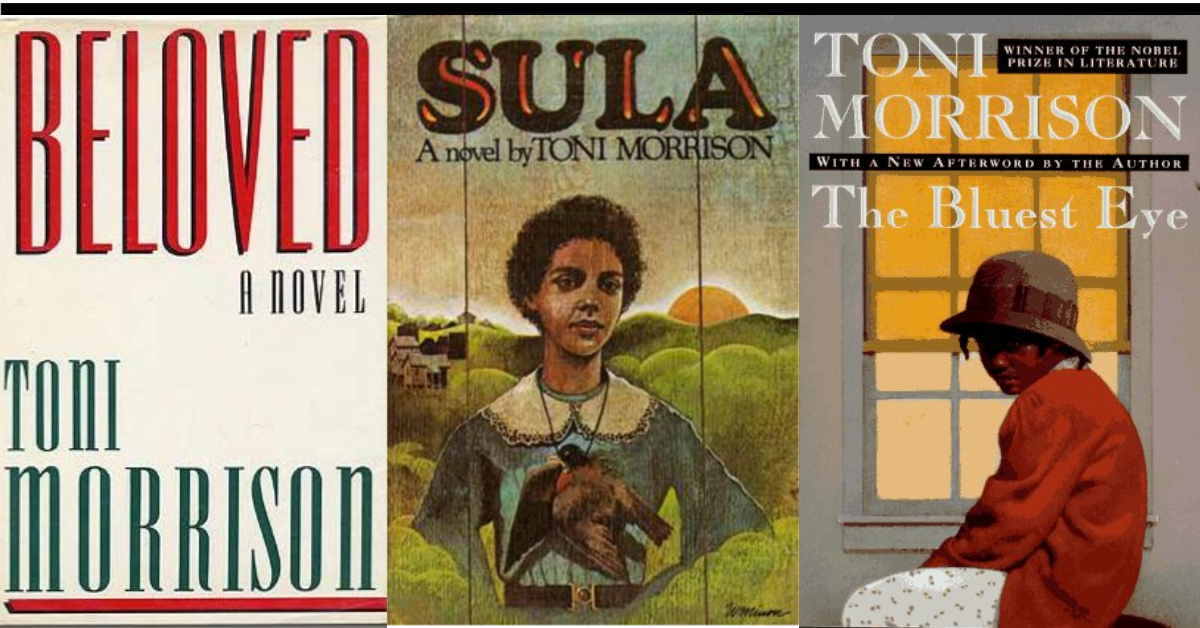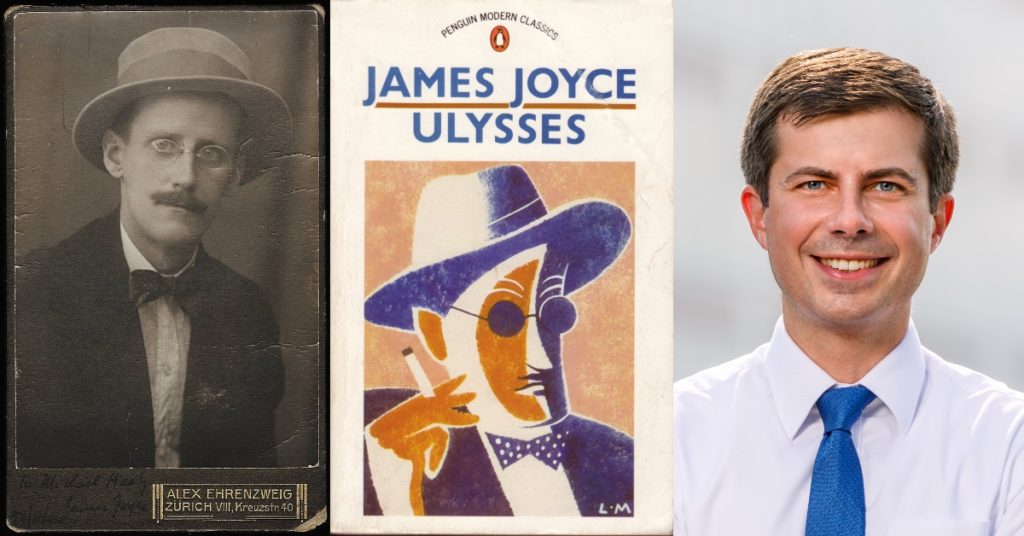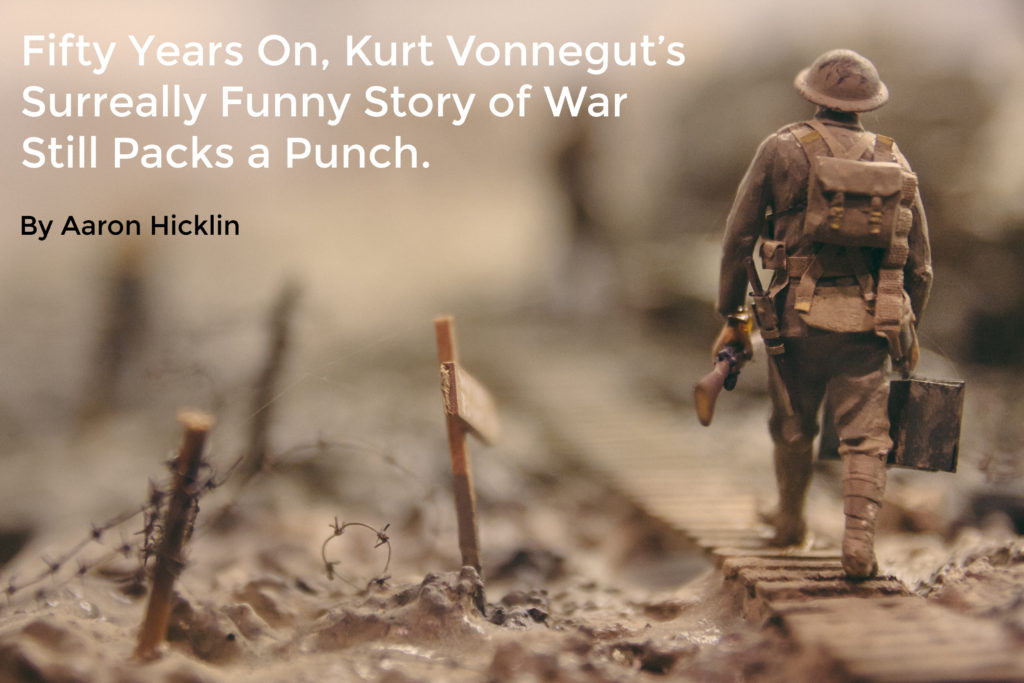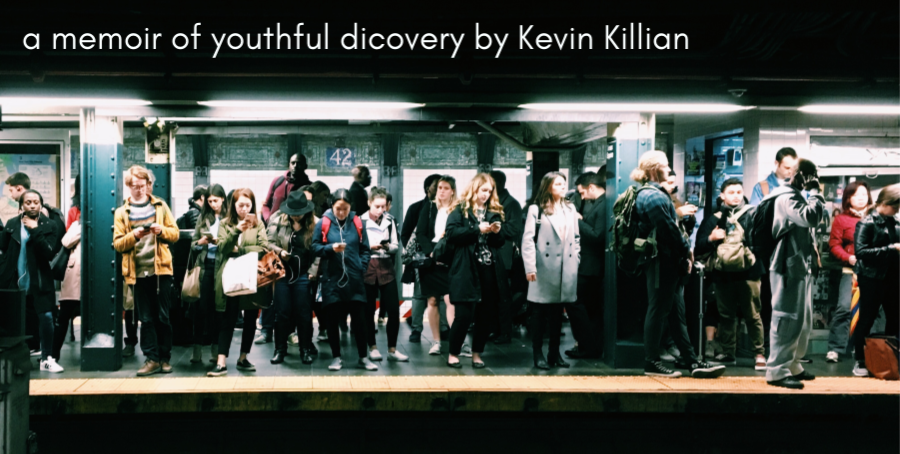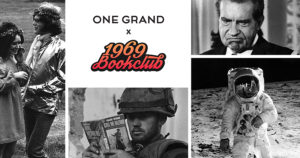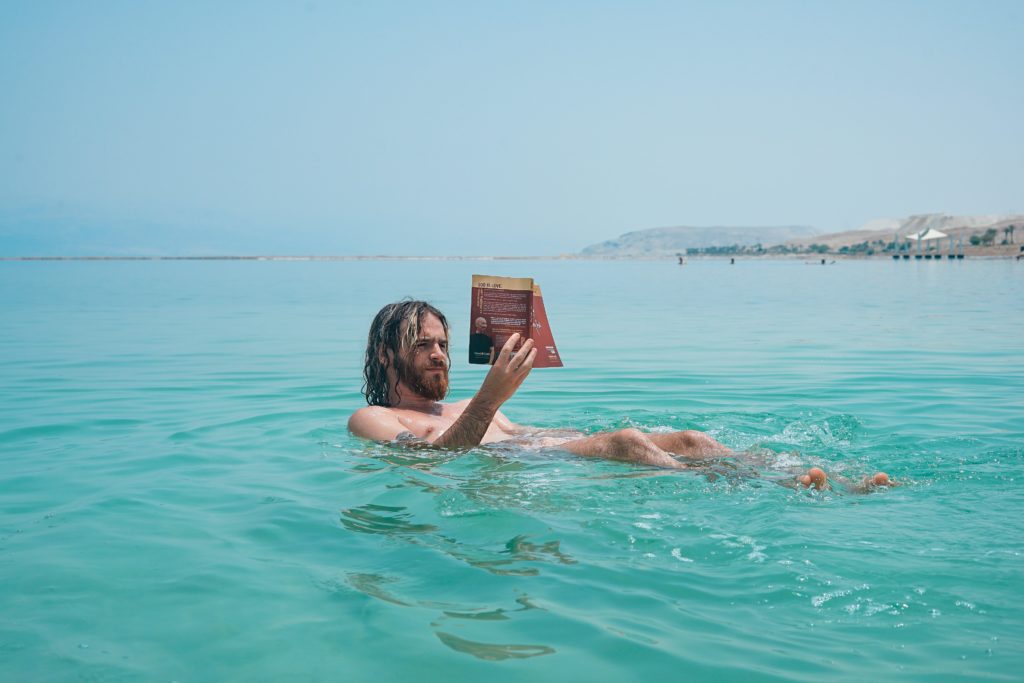
From André Leon Talley’s The Chiffon Trenches to Emily Henry’s aptly-named rom-com, Beach Read, there are plenty of just-published books that are ripe for reading poolside, preferably with a daiquiri in hand. But there are also page-turning reads that never get old, some even attaining the venerable status of literary classic. We plundered the One Grand Books archives to identify ten picks from ten different curators that will elevate your beach towel this summer. If you go easy on the daiquiris you might just read them all in time for fall.
The Persian Boy by Mary Renault (selected by Sarah Waters)
For: Those who love epic tales of same-sex love, war, and world domination.
The Persian Boy traces the last years of Alexander’s life through the eyes of his lover, Bagoas. Abducted and gelded as a boy, Bagoas was sold as a courtesan to King Darius of Persia, but found freedom with Alexander after the Macedon army conquered his homeland. Their relationship sustains Alexander as he weathers assassination plots, the demands of two foreign wives, a sometimes-mutinous army, and his own ferocious temper.
Sarah Waters wrote: “Renault was one of the great historical novelists, able to do justice to the strangeness of the past, even while bringing it to life for modern readers. The Persian Boy, I think, was her masterpiece.”
Wishful Drinking by Carrie Fisher (selected by Rufus Wainwright)
For: Grown-ups who understand that even when life is sad, you can still find it funny.
Wishful Drinking is the true and intoxicating story of Carrie Fisher’s life, from being picked, at 19 years old, to play Princess Leia in Star Wars to her battles with addiction and manic depression, to the vicissitudes of a privileged life from having Elizabeth Taylor as a stepmother, to marrying (and divorcing) Paul Simon. And then there was the time she awoke one morning to find a friend dead beside her in bed.
Rufus Wainwright wrote: “It’s all true, and it’s all good.”
Born Standing Up, by Steve Martin (chosen by Trevor Noah)
For: People interested in how the (very funny) sausage gets made.
Born Standing Up is testament to the sheer tenacity, focus, and daring of one of the greatest and most iconoclastic comedians of all time. In the mid-seventies, Steve Martin exploded onto the comedy scene. By 1978 he was the biggest concert draw in the history of stand-up. In 1981 he quit forever. This book is, in his own words, the story of “why I did stand-up and why I walked away.”
Trevor Noah wrote: “One of the best accounts ever written about the art of stand-up and the life of the stand-up comic.”
Tales of the City, by Armistead Maupin (chosen by Kathy Najimy)
For: Fans of hilarious, snappy, overheated generational touchstones.
Tales of the City teleports the reader into San Francisco, 1976. A naïve young secretary, fresh out of Cleveland, tumbles headlong into a brave new world of laundromat Lotharios, pot-growing landladies, cut throat debutantes, and Jockey Shorts dance contests.
Kathy Najimy wrote: “I discovered this series at a small gay bookstore when I was living above a hardware store in San Diego in the ’80s. I read the first book in 24 hours straight, no sleep. Then I devoured every other novel in the series — all of them — in one day each.”
Americanah, by Chimamanda Ngozi Adichie (chosen by Greta Gerwig)
For: People who want their world view expanded (served up with a dash of romance)
Americanah follows the lives of Ifemelu and Obinze, who depart military-ruled Nigeria for the West. Ifemelu heads for America, where despite her academic success, she is forced to grapple with what it means to be black for the first time. Blocked from following her after the September 11 attacks, Obinze plunges instead into a dangerous, undocumented life in London.
Greta Gerwig wrote: “Ms. Adichie has constructed a full on romance that has the addictive power of a Jane Austen novel but with the specifics of life in Nigeria, as well as life in the United States as an immigrant. I fell in love with Ifemelu and Obinze in a way that I haven’t felt since I was a child reading novels for the first time.”
The Joy Luck Club, by Amy Tan (chosen by Lisa Ling)
For: Readers who gravitate to stories about intergenerational and cultural disconnect.
The Joy Luck Club begins in 1949, when four Chinese women, recent immigrants to San Francisco, begin meeting to eat dim sum, play mahjong, and talk. With wit and sensitivity, Amy Tan’s debut novel—now widely regarded as a modern classic—examines the sometimes painful, often tender, and always deep connection between these four women and their American-born daughters.
Lisa Ling wrote: “This emotional journey compelled me to want understand the past of my own Taiwanese mother better. It is the story of four Chinese American women in San Francisco and how their mothers’ struggles in the Chinese homeland made them who they were. It is a highly emotional and exceptionally beautiful story.”
Waiting to Exhale, by Terry McMillan (selected by Janet Mock)
For: Readers who loved Sex and the City, but wondered what it would be like with a black cast.
Waiting to Exhalefollows the lives of Savannah, Bernadine, Gloria, and Robin as they find new strength through friendship, and regain stability and an identity they don’t have to share with anyone.
Janet Mock wrote: “This was the first book to give me a thrill, the first to make me feel as if I was doing more than merely eavesdropping on grown folks’ business — I was one of the girls. At 12, I loved this novel so much that I never returned it to the library.”
The Snapper, by Roddy Doyle (selected by Simone Rocha)
For: Lovers of a big, bawdy, feisty characters, and an Irish accent.
The Snapper was Roddy Doyle’s second novel, after his smash hit, The Commitments, and like that book was centered on the Rabbittes, a working-class Dublin family.
Simone Rocha wrote: “I re-read “The Snapper” last year when I was pregnant, and it turned my crying into laughter. I read these over and over again when I want to think of home.”
Never Let Me Go, by Kazuo Ishiguru (selected by Nia Vardalos)
For: Fans of multidimensional dystopian thriller, with heart.
Never Let Me Go zeroes in on the lives of Kathy, Ruth, and Tommy, former students at Hailsham, an exclusive boarding school secluded in the English countryside. Now, years later, Kathy is a young woman. Ruth and Tommy have reentered her life. And for the first time she is beginning to look back at their shared past and understand just what it is that makes them special—and how that gift will shape the rest of their time together.
Nia Vardalos wrote: “At once achingly bleak and endlessly optimistic. Also, this is the most romantic book I’ve ever read.”
Lucia in London / Mapp and Lucia, by E.F.Benson (selected by Kelly MacDonald)
For: Anyone who loves to dish tea on their neighbors.
Mapp and Lucia are gossipy, waspish social climbers in 1920s rural Britain. Both Mrs. Lucia Lucas and Miss Elizabeth Mapp are accustomed to complete social supremacy, and when one intrudes on the other’s territory, war ensues. Lucia sees herself as a benevolent—if ruthless—dictator, while Miss Mapp is driven by an insatiable desire for vengeance against the presumptuous interloper.
Kelly MacDonald wrote: “This book entertained me during a pregnancy. It’s set in the a small English village in the 1930s and is a battle of wit and wills between two women. It’s all fetes and musical soirées and fighting tooth and nail to be top dog. My baby got jiggled for days on end with my laughter.”


